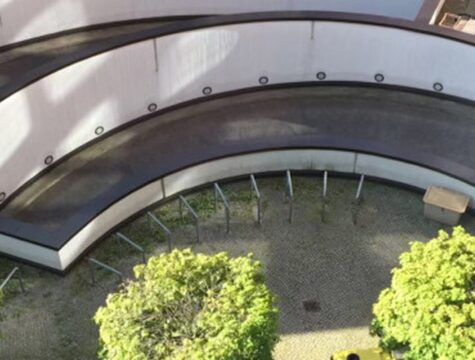The consensus is clear: electronics are one of the fastest growing waste streams in the world in terms of volume and environmental impact. For us, Circular Berlin, it was essential to start diving into this sector seeing the urgency it has for more circularity. With the help of five students from Utrecht University, we took the first step into defining the scope of how we can address it within the city.
What is the scope of electronics sector?
Defining the electronics sector is not an easy task. If you ask around what electronics as a sector consist of, the first ideas are smartphones and laptops, or maybe electrical batteries and nanotechnologies. Many existing literature and reports also have vague definitions of electronics. It makes it hard to assess what is considered an electronic equipment. However one consistent baseline comes from the EU Waste of Electrical and Electronic Equipment (WEEE) Directive. It provides a concise scope for the electronics sector. It defines electrical and electronic equipment (EEE) as:
“equipment which is dependent on electric currents or electromagnetic fields in order to work properly and equipment for the generation, transfer and measurement of such currents and fields and designed for use with a voltage rating not exceeding 1 000 volts for alternating current and 1 500 volts for direct current.” (P. 43)
More importantly it provides six categories (figure 1) for an EEE:
- Temperature Exchange Equipment (TEE)
- Screens and Monitors
- Lamps
- Large Equipment
- Small Equipment
- Small IT and Communication Equipment
Figure 1. Overview of the six categories
Specifics of electronics in Germany
In Germany, the WEEE Directive was implemented in the German law through the ElektroG Act. This means that all electrical devices brought into circulation within the six categories has to be registered and labeled. The idea behind it is to keep track of EEE. It has to enable to increase the collection rates, provide proper management of EEE during and after consumption, and increase the product lifetime of electronics.
The WEEE Directive/ElektroG Act strives to increase the efficiency of use and retrieval of valuable secondary raw material. The strategies are re-use, recycling and other forms of recovery for that. On the manufacturer side it enforces eco-design requirements to facilitate re-use, dismantling and recovery of material (in alignment with the EcoDesign Directive and the new Right to Repair Law). The Act also demands that providers assume costs for collection and recycling so consumers can return WEEE free of charge. Indeed, the Directive emphasises the important role that consumers play in creating a more circular electronics sector.
In conjunction, the German KrwG law (Kreislaufwirtschaftsgesetz) also defines EEE as part of Siedlungsabfälle (Municipal waste) (§3). This means that WEEE is subject to the terms of the KrwG Law. It strives to promote the development, manufacture and use of products that are resource-efficient, durable, repairable, reusable or upgradeable in terms of their service life.
Interestingly batteries and vehicles are not included in these identifying categories for electronics. We also see this different categorization between electronics and batteries in the EU Circular Economy Action Plan, from the European Green Deal. This is due to the very different dismantling and recycling process that batteries require keeping them outside the scope of electronics.
The WEEE Directive definition is also widely used by organizations envisioning a more circular electronic sector. For instance, it has been adopted by the Platform for Accelerating the Circular Economy, the Circular Electronics Partnership (CEP), and the World Economic Forum report on A New Circular Vision For Electronics. In European cities such as London, Amsterdam and Brussels we also see the emergence of this definition being used in Circular Economy frameworks such as Be Circular, London Waste and Recycling Board and Gemeente Amsterdam.
Therefore, the WEEE Directive/ElektroG Law and its six categories provides a concise definition of the sector. Its use in regulatory structures both on a European and Germany level provides a good working scope to describe the electronics sector. This is a first step for us at Circular Berlin, in conjunction with already existing laws and initiatives, towards implementing the needed change in the electronics sector in Berlin.
Written by Daantje Berghuis, Elke Burghoorn, Yana Mechielsen, Nola Moreau, Elina Oostendorp




